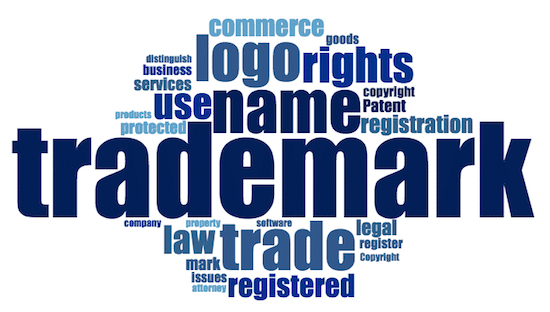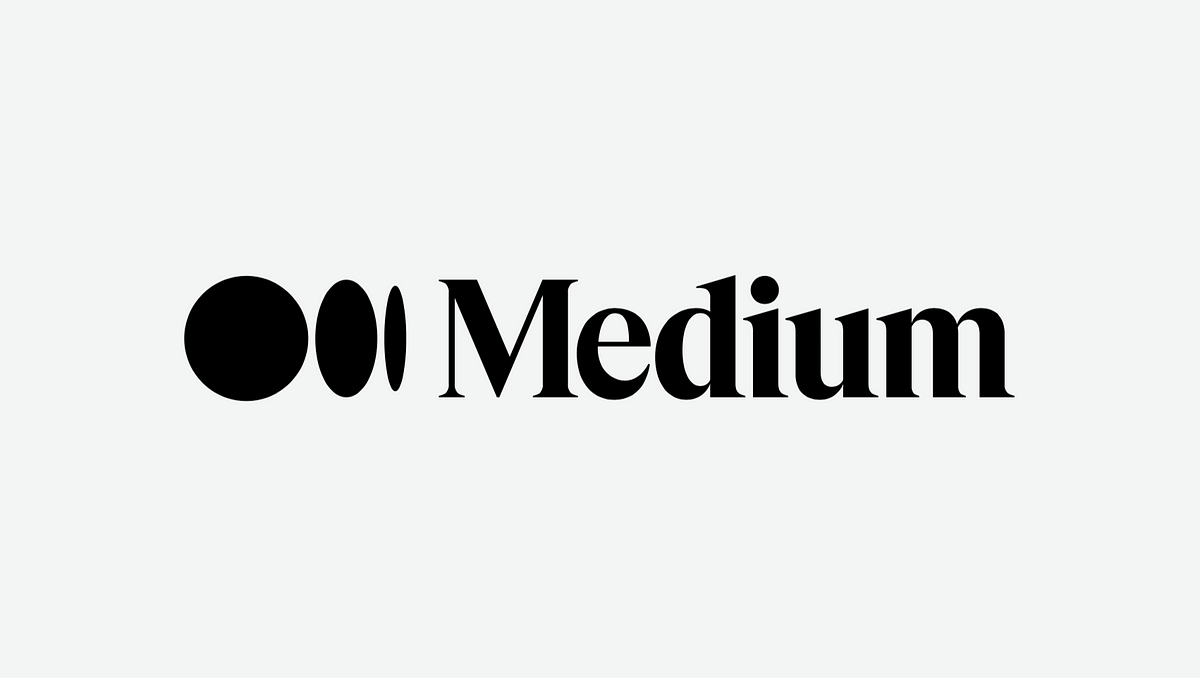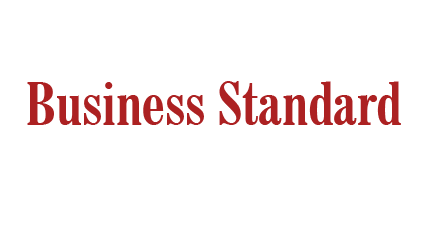
Apply Trademark Registration Online
Apply Trademark Registration Online
- Same Day Process Start
- 100% Online, Safe & Secure Registration
- 10,000+ Happy Clients
- ISO Certified

Apply Now
Fill Up the below Mentioned Form
![]() Google Reviews 4.8/5
Google Reviews 4.8/5 ![]()
|| 3.1k+ Happy Reviews ||

![]() Google Reviews 4.8/5
Google Reviews 4.8/5 ![]()
|| 3.1k+ Happy Reviews ||

Trademark Symbols
A trademark class is a category or classification system used by the Trademark Registry to organize and categorize goods and services for the purpose of trademark registration. The Trademark Registry has established 45 classes, each of which encompasses a specific set of goods or services.
Similarity to Existing Trademarks:
- If your trademark is too similar to an existing registered trademark, it may face rejection to avoid confusion in the marketplace.
Hurtful or Offensive Content:
- Trademarks that contain content deemed offensive, discriminatory, or hurtful may be rejected.
Geographical Names:
- Usage of geographical names in a way that may mislead consumers or cause confusion can lead to rejection.
Common or Generic Words:
- Trademarks consisting of common or generic words that do not distinctly identify the source of goods/services may be rejected.
Likelihood of Confusion:
- If there’s a likelihood that consumers may confuse your trademark with an existing one, the application may be rejected.
Violating Religious Sentiments:
- Trademarks that are likely to hurt religious sentiments or are considered disrespectful may face rejection.
Descriptive Marks:
- Marks that merely describe the goods or services they represent without any distinctiveness may be rejected.
Functional Marks:
- Trademarks that serve a purely functional purpose and do not distinguish the goods or services may be rejected.
Generic Terms:
- Usage of generic terms that describe the category of goods or services without any distinctive features may lead to rejection.
Deceptive Marks:
- Marks that are deceptive, misleading, or likely to create a false impression may be rejected.
You can use the ™ symbol as soon as you file a trademark application and receive an acknowledgment from the relevant authorities. This indicates that you are claiming rights to the trademark even while the application is under review. It serves as a notice to the public that you are using the mark and asserting ownership.
Conduct a Trademark Search:
- Check if your desired trademark is already registered or too similar to existing ones. This helps avoid conflicts later.
Choose the Type of Trademark:
- Identify the most relevant type (product, service, etc.) for your brand.
File an Application:
- Submit the application form along with the required fees and necessary documents to the Trade Marks Registry.
Examination and Publication:
- The Trademark Registry examines the application for potential conflicts and publishes it in the Trade Marks Journal.
Opposition Window:
- A window is provided for anyone to file an opposition if they believe the trademark infringes on their rights.
Registration or Hearing:
- If no opposition is filed or if it is successfully resolved, the trademark is registered, and a certificate is issued.
Type of Applicant:
- Individuals, startups, and MSMEs benefit from a lower fee of ₹4,500 per class per application.
- For other entities, the fee is ₹9,000 per class per application.
Number of Classes:
- Trademarks can apply to specific product or service categories (classes). Registering in more classes increases the overall cost.
Professional Fees:
- If you choose to hire a trademark attorney to assist with the registration process, there will be additional professional fees.
Trademark Registration In India - An Overview
Trademark registration is crucial for protecting a business’s intellectual property, providing legal rights to symbols, logos, or names. A thorough trademark search before registration helps avoid conflicts. Choosing appropriate trademark classes, consulting a trademark attorney, and meeting renewal deadlines are essential steps. Successful registration allows the use of the trademark symbol (™) to signify ownership. Beyond legal benefits, the process strengthens a brand’s identity and deters others from copying. In summary, trademark registration is a strategic investment in safeguarding a business’s unique elements.
Why Is Trademark Registration Important?
Brand Protection:
- Trademark registration safeguards your brand, preventing others from using similar signs or logos.
Legal Rights:
- Registration grants you exclusive legal rights to your brand, allowing you to take legal action against unauthorized use.
Brand Value Enhancement:
- A registered trademark enhances the value of your brand, making it a valuable asset for your business.
Quality Assurance:
- Customers associate trademarked brands with quality, and registration assures them of the authenticity and reliability of your products or services.
Brand Recognition:
- A registered trademark contributes to brand recognition, making it easier for customers to identify and choose your products or services.
Trust-building:
- The presence of a registered trademark instills trust among customers, as it signifies a commitment to maintaining a consistent and reputable brand image.
Types of Trademark Registrations in India
In accordance with the Trademark Act of 1999, India offers various types of trademark registrations, including:
Pattern Mark:
- Identified by a distinctive pattern that sets apart products or services from a specific source.
- Example: Louis Vuitton’s checkerboard pattern.
Label Trademark:
- Protects the label or packaging of a product, ensuring the safeguarding of the entire unique packaging or label.
- Example: Coca Cola’s trademarked label.
3D Trademark:
- Utilizes the three-dimensional shape of a product or its container for distinction in the market.
- Must meet visual representability and distinguishability criteria.
- Examples: Zippo lighter, Coca-Cola bottle.
Slogan/Tagline:
- Involves trademarking creative and distinctive phrases associated with a product.
- Grants exclusive rights for use in advertising campaigns.
- Example: Nike’s ‘Just Do It.’
Device Trademark:
- Consists of visual elements, including symbols and word marks, creating a unique and recognizable representation.
- Example: PUMA’s iconic symbol.
Each type of trademark registration serves to protect specific aspects of a brand, promoting recognition and exclusivity in the market.
Trademark Objections
Trademark objections can arise due to various issues in the application process. Common problems include filing incorrect details, using deceptive/offensive terms, incomplete information on goods/services, or the presence of an identical/similar mark. When an objection occurs, the status shows as ‘Objected’, and a well-crafted response, supported by documents, is necessary to strengthen the claim.
Successful objection responses lead to the application proceeding for registration and publication in the Trademark Journal. However, if the response is not accepted or further clarification is needed, a trademark hearing may be scheduled, communicated through a notice. This entire process typically takes 2-4 months from the initial objection. While approval is not guaranteed, a strong response increases the chances of successful trademark registration.
Trademark Opposition
Trademark opposition is a legal process where a party seeks to prevent the approval of a trademark application. Third parties, concerned about potential impact on their own trademarks, file oppositions in writing with the trademark examiner. If the opposition has merit, the examiner forwards it to the applicant, who must submit a counter statement to the Registrar within 2 months.
The Registrar may dismiss the opposition if the counter statement substantially addresses the concerns. Alternatively, if more consideration is needed, a hearing may be scheduled where both parties present their cases. After the hearing, the Registrar decides on the validity of the application or opposition. This ruling can be appealed before the Intellectual Property Appellate Board within 3 months of being made public.
Documents Required for Trademark Registration
- Image of the trademark
- Power of Attorney (drafted by the applicant)
- User affidavit (only if the applicant is a prior user of the trademark)
- TM-A form (drafted by the applicant)
- ID proof of the applicant along with address
Preliminary Details:
- Applicant name: The name of the individual, business, or organization applying for trademark registration.
- Business type: Specify the type of business organization (e.g., private limited company, partnership, MSME, startup, or sole proprietorship).
- Objectives of the business: Provide an overview of the nature of business and operations under the trademark.
- Name of brand/logo/slogan: Clearly specify the name, logo, or slogan intended for trademarking.
- Registration address: Furnish the official address of the organization submitting the trademark application.
- Prior user date: If the applicant has been using the brand name before the trademark application date, include this information, supported by relevant documents to strengthen the case.
Ensuring the completeness and accuracy of these documents and details is essential for a smooth trademark registration process in India.
Trademark Symbols and Their Uses
Trademark symbols serve different purposes and are used in various cases:
® Symbol (R Symbol):
- Denotes a registered trademark, providing the highest level of protection.
- Indicates that the trademark is officially registered, and unauthorized use is prohibited.
- No one can copy or reuse a trademark with the ® symbol.
™ Symbol (TM Symbol):
- Used while awaiting the review of a trademark application by the Registrar.
- Indicates a claim of rights to the trademark, even before formal registration.
- Provides notice to others that the mark is being used and claimed.
SM Symbol:
- Represents a service mark, signaling rights assertion in connection with services (e.g., banking or legal services), rather than physical goods.
- Similar to the TM symbol, it does not automatically guarantee legal protection.
- Registration status does not affect authorization to use the SM symbol.
In summary, these symbols play a crucial role in indicating the status and level of protection associated with a trademark, whether it’s registered, in the application process, or related to services rather than goods.
Frequently Asked Questions (FAQs)
A trademark class is a category or classification system used by the Trademark Registry to organize and categorize goods and services for the purpose of trademark registration. The Trademark Registry has established 45 classes, each of which encompasses a specific set of goods or services.
Similarity to Existing Trademarks:
- If your trademark is too similar to an existing registered trademark, it may face rejection to avoid confusion in the marketplace.
Hurtful or Offensive Content:
- Trademarks that contain content deemed offensive, discriminatory, or hurtful may be rejected.
Geographical Names:
- Usage of geographical names in a way that may mislead consumers or cause confusion can lead to rejection.
Common or Generic Words:
- Trademarks consisting of common or generic words that do not distinctly identify the source of goods/services may be rejected.
Likelihood of Confusion:
- If there’s a likelihood that consumers may confuse your trademark with an existing one, the application may be rejected.
Violating Religious Sentiments:
- Trademarks that are likely to hurt religious sentiments or are considered disrespectful may face rejection.
Descriptive Marks:
- Marks that merely describe the goods or services they represent without any distinctiveness may be rejected.
Functional Marks:
- Trademarks that serve a purely functional purpose and do not distinguish the goods or services may be rejected.
Generic Terms:
- Usage of generic terms that describe the category of goods or services without any distinctive features may lead to rejection.
Deceptive Marks:
- Marks that are deceptive, misleading, or likely to create a false impression may be rejected.
You can use the ™ symbol as soon as you file a trademark application and receive an acknowledgment from the relevant authorities. This indicates that you are claiming rights to the trademark even while the application is under review. It serves as a notice to the public that you are using the mark and asserting ownership.
Conduct a Trademark Search:
- Check if your desired trademark is already registered or too similar to existing ones. This helps avoid conflicts later.
Choose the Type of Trademark:
- Identify the most relevant type (product, service, etc.) for your brand.
File an Application:
- Submit the application form along with the required fees and necessary documents to the Trade Marks Registry.
Examination and Publication:
- The Trademark Registry examines the application for potential conflicts and publishes it in the Trade Marks Journal.
Opposition Window:
- A window is provided for anyone to file an opposition if they believe the trademark infringes on their rights.
Registration or Hearing:
- If no opposition is filed or if it is successfully resolved, the trademark is registered, and a certificate is issued.
Type of Applicant:
- Individuals, startups, and MSMEs benefit from a lower fee of ₹4,500 per class per application.
- For other entities, the fee is ₹9,000 per class per application.
Number of Classes:
- Trademarks can apply to specific product or service categories (classes). Registering in more classes increases the overall cost.
Professional Fees:
- If you choose to hire a trademark attorney to assist with the registration process, there will be additional professional fees.
Charges
Startup Plan
-
Trademark Application Filing
-
Free Class Search
-
Free TM Consultation By expert
-
Drafting & Filing by TM Expert
-
Use TM next to your brand
-
Call, Chat, Email Support
-
No hidden charges
Standard Plan
-
Trademark Application Filing
-
Creative Logo Design By dedicated Logo Designer
-
Expertise TM Search Report
-
Free Class Search
-
Free Consultation till you get TM Mark
-
Drafting & Filing by TM Expert
-
Use TM next to your brand
-
Call, Chat, Email Support
-
No hidden charges
Premium Plan
-
Trademark Application Filing
-
Expertise TM Search Report
-
Free Class Search
-
Free Consultation till you get TM Mark
-
Drafting & Filing by TM Expert
-
Use TM next to your brand
-
Trademark Objection Reply
-
Trademark Hearing
-
Call, Chat, Email Support
-
No hidden charges
Why Choose Us?
Happy Customers Across India
Trained & Professional Experts

MSME Registered
On Time Service

We track customer satisfaction by asking the clients to share their HAPPY REVIEW with our agents only if they are generally pleased with our services. Since we are a customer-centric company always prioritizing the success of our clients, the HAPPY REVIEW program helps us to gauge the customers’ happiness and loyalty in our products or services.
We Are In The News




About Us
Legal Zone India, owned by Legus Enterprise, is a registered partnership firm, which is specialized in providing legal help and providing people legal information just in their hands to easily use it.
Our core team consists of skilled and proficient qualified Advocates, along with a diligent team of other professionals, all under one roof. They provide solution to all the individual, business person, corporate body and others to get better help for the issues faced by them in their everyday life.
- Start-up
- MSME-UDYAM Registration
- Proprietorship Registration
- One Person Company Registration
- Digital Signature Certificate
- TAX & Compliances
- GST Registration
- GST Return Filing
- GST Modifictation
- GST-LUT
- GST Cancelation

Legal Zone India is a part of Legus Enterprise. Which is a Partnership registered firm & Registered under MSME Govt of India
- Disclaimer
- This is not a Government run Website and the form is not the actual registration form, it is just to collect information from our clients so that our expert can easily understand their business or needs. By proceeding forward with this website you are aware that we are a private company managing this website and providing assistance based on the request from our customers and the fee collected in this website is a consultancy fee.
For any grievance mail to: info@legalzoneindia.com
Copyrights 2019 – 2025 Legal Zone India.
Refund Policy – Privacy Policy – Terms and Conditions
